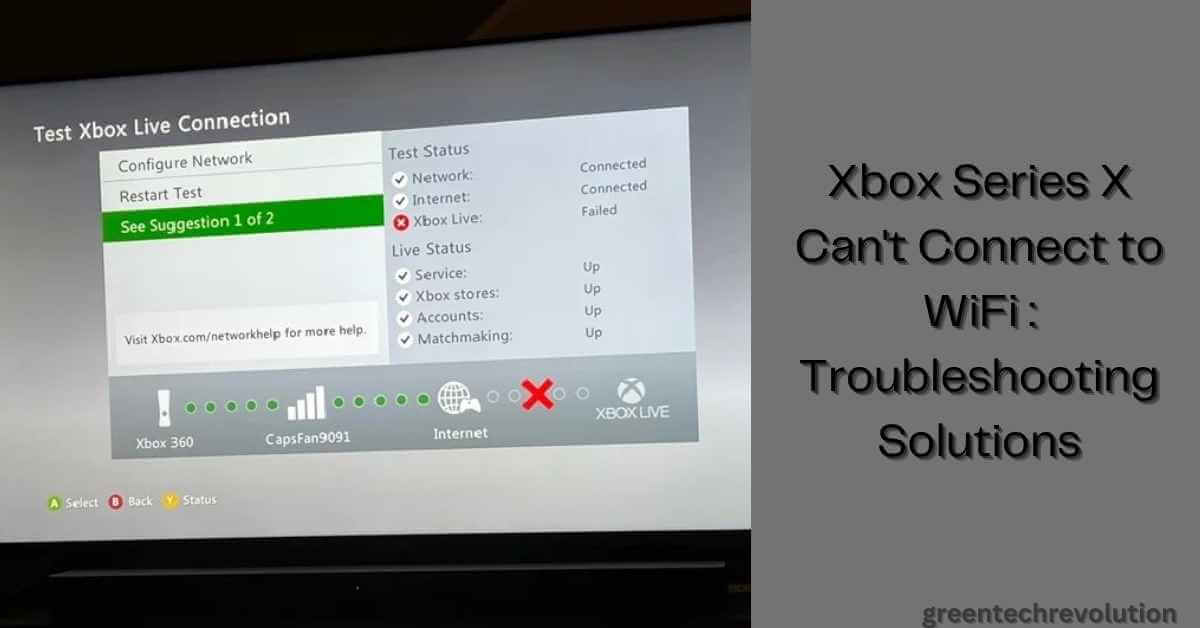The power consumption of an Asus router can vary depending on the model and the usage. Generally, the power consumption of an Asus router ranges from 3 watts to 15 watts.
For example, the Asus RT-AC66U B1 has a power consumption of 7 watts, while the Asus RT-AX88U has a power consumption of 15 watts. Keep in mind that these numbers represent the maximum power consumption of the router, and the actual power consumption may vary depending on the usage.
If you want to reduce the power consumption of your Asus router, here are a few tips:
Enable power-saving features: Many Asus routers come with power-saving features that can help reduce power consumption. These features may include turning off the router’s LED lights or adjusting the router’s power management settings.
Turn off the router when not in use: If you are not using the router for an extended period, consider turning it off completely to save power.
Use a power strip: You can use a power strip to turn off the router and other devices connected to it when not in use.
Overall, the power consumption of an Asus router is relatively low, and you can take steps to further reduce it if necessary.
How can you reduce the power consumption of your Asus Router
Certainly, here are some tips on how to reduce power consumption of Asus Router:
- Enable Power-saving Features: Many Asus routers come with power-saving features that can help reduce power consumption. These features may include turning off the router’s LED lights or adjusting the router’s power management settings. Enabling these features can significantly reduce the power consumption of your router.
- Turn off the Router When Not in Use: If you are not using the router for an extended period, consider turning it off completely to save power. Turning off the router when not in use can help reduce power consumption and save you money on your electricity bill.
- Use a Power Strip: You can use a power strip to turn off the router and other devices connected to it when not in use. This can help reduce power consumption and save you money on your electricity bill.
- Upgrade to a Newer Model: If you are using an older Asus router, consider upgrading to a newer model. Newer routers are designed to consume less power and are more energy-efficient than older models. By upgrading to a newer model, you can significantly reduce the power consumption of your router.
- Disable Unused Features: Some Asus routers come with features that are not essential for your network. Disabling these features can help reduce power consumption. For example, if you are not using the router’s USB port, consider disabling it to reduce power consumption.
- Adjust Wi-Fi Settings: The Wi-Fi settings on your Asus router can also affect its power consumption. If you have multiple devices connected to the router, consider reducing the Wi-Fi transmit power to save power. You can also consider disabling the 2.4 GHz band if you only use the 5 GHz band.
- Keep the Router Cool: Overheating can cause your Asus router to consume more power. To reduce power consumption, make sure that your router is placed in a well-ventilated area where it can dissipate heat easily.
By following these tips, you can significantly reduce the power consumption of your Asus router and save money on your electricity bill.
How Much Power Does a Router Consume?
A router is a device that connects two or more computer networks. Routers are used in both home and office networks to connect computers to the internet, to each other, and to printers and other devices on the network. Routers come in many different shapes and sizes, but they all have one thing in common: they need power to work.
The amount of power a router uses depends on its features and how it is being used. The average power consumption of a router is 5-10 watts. However, some routers can use as much as 20-30 watts of power when they are actively transmitting data.
When a router is not in use, it will enter into a low-power standby mode which uses much less power (usually 1-2 watts). When choosing a router, it is important to consider its power consumption needs. If you are looking for a energy-efficient option, there are now routers available that are designed specifically for low power consumption.
These routers typically use around 5 watts of power or less.
Do Routers Consume a Lot of Electricity?
No, routers do not consume a lot of electricity. In fact, most routers use less than 10 watts of power, which is less than many other common household devices like coffee makers and toasters. Even if you have multiple devices connected to your router, it will still use very little power.
How Much Power Does Wi-Fi Router Consume Per Hour?
A single Wi-Fi router uses about 2 to 20 watts of power. So, over the course of a day, a router will use between 40 and 480 watt-hours, or 0.04 to 0.48 kilowatt-hours (kWh). That’s not a lot of energy—most Americans use about 900 kWh per month—but it can add up over time.
And if you have multiple devices connecting to your router, that number can go up even higher. To put things in perspective, let’s compare the energy used by a Wi-Fi router to some other common devices and appliances: • A 60-watt incandescent light bulb uses about 0.06 kWh per hour.
So, if you left a light bulb on for 24 hours, it would use about 1.44 kWh—or more than three times as much energy as a Wi-Fi router. • A typical laptop uses about 15 to 30 watts of power. If you use your laptop for five hours per day, that’s 75 to 150 watt-hours, or 0.075 to 0.15 kWh per day—or about half as much as a Wi-Fi router.
• A standard refrigerator uses about 100 watts of power (0.1 kWh) when it’s running—but only for short periods of time throughout the day (unlike a light bulb or laptop, which are usually on for much longer periods).
Asus Ac88U Power Consumption
If you’re in the market for a powerful and feature-rich router, the Asus Ac88U is definitely worth considering. But one of the most important factors to consider when choosing a router is power consumption – after all, you don’t want your energy bills to skyrocket just because you upgraded your Wi-Fi! So, how much power does the Asus Ac88U consume?
In terms of raw numbers, the Asus Ac88U consumes around 20 watts of power when operating at full capacity. However, it’s important to keep in mind that this number will vary depending on how heavily you use the router and what features you have enabled. For example, if you enable all eight of the router’s external antennas, power consumption will increase slightly.
One thing that’s great about the Asus Ac88U is that it includes a built-in “Eco Mode” which can help reduce power consumption by up to 50%. When Eco Mode is enabled, certain features (such as LED lights) are disabled and wireless signal strength is reduced slightly – but for most users, these trade-offs are more than worth it in exchange for lower energy bills. Overall, the Asus Ac88U is a great option if you need a high-powered router without wanting to worry about sky-high electricity costs.
And with Eco Mode turned on, it can be even more efficient!
Final Thoughts
Asus routers are some of the most popular models on the market, and for good reason. They offer great speeds, features, and reliability. However, one area where they may not be the best is in terms of power consumption.
While Asus routers are certainly not the most power-hungry devices out there, they can still use up a fair amount of electricity. This is something to keep in mind if you’re looking to save money on your energy bill or reduce your carbon footprint. There are a few things you can do to help reduce the power consumption of your Asus router.
One is to make sure that it’s running the latest firmware version. Older versions may not be as efficient as newer ones. Another tip is to disable any unused features that you don’t need.
For example, if you don’t use the USB ports on your router, you can disable them in the settings. This will help save some power. Finally, consider investing in a more energy-efficient model if you’re looking for even more savings.
Related Topics
10 Best Asus WiFi 6 Router This Guide Will Help You Ultimate









Leave a Reply
You must be logged in to post a comment.